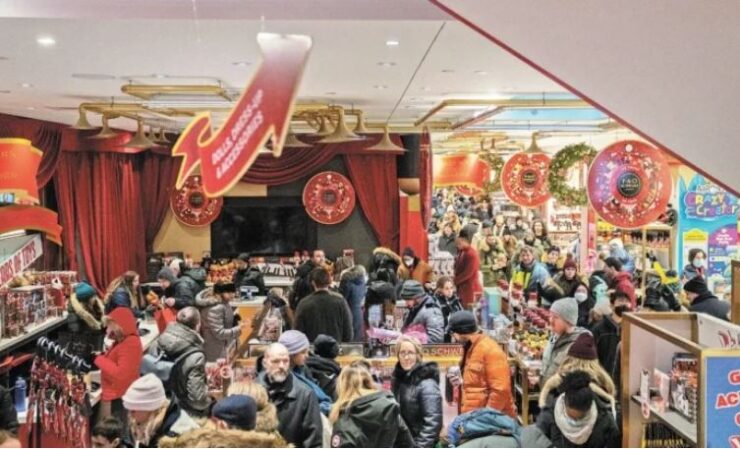
At the end of 2022 there was an increase in the price of a barrel of oil, up to 2 dollars on average, in all crudes worldwide. The reason was that Russian Deputy Prime Minister Alexander Novak said that “Russia could reduce production by 500,000 to 700,000 barrels per day in response to the cap imposed” and this week Vladimir Putin, President of Russia, will issue a decree on the actions of Moscow in response to the price cap of 60 dollars on the price of a barrel in this nation.
This has raised the price of a barrel and, if it continues in the first weeks of 2023, it could impact inflation in some countries. This, in turn, would influence the decisions of the central banks, they would increase interest rates even more, favoring more expensive money, and more difficult to obtain, to make investments and giving rise to a large part of the nations having to invest more. money to continue maintaining the dynamics of the economy.
The main reason that will lead Mexico to higher inflation will probably be due to the trade deficit. It is currently at almost 30,000 million dollars, that is, around 2.6 times higher compared to 2021. Having a greater deficit means that more goods are being imported to cover the internal demand of the markets, derived from low productivity or not counting with the necessary inputs for the development of industries, companies, homes or projects.
IMPORT means: Buying at the market price where we acquired it, absorbing inflation in the country of origin, transportation costs, taxes, marketing and place of sale, all of this incorporated into the final price. The less you produce what you consume, the higher your inflation will be and before this you will have to give subsidies to the consumer to mitigate an economic slowdown, which has an expiration date. It will depend on the available amount of treasury revenue, revealing economic development. Having a high interest rate discourages private investment to carry out projects, since there is no certainty that the market will buy what is offered.
In Mexico, in 2022, the aforementioned phenomenon has been established. Motivated in large part by the increase in consumer goods, intermediate use, and capital. The structure of the value of imports in the period January-November 2022, was as follows: goods for intermediate use, 78.8%; consumer goods, 13.3% and capital goods, 7.9%. Among these goods, those of intermediate use (all those purchased for resale or as inputs or raw materials for the production and sale of other goods) have increased from 2020 to 2022 by 60%.
Intermediate goods can never be services, they are always products. Nor should they be confused with final products or consumer goods, which are those goods produced (with intermediate goods) for sale and that are already suitable for consumption.
Between January and November 2022, the total intermediate use goods was 438,000 million dollars, and 11% represents oil imports and 89% non-oil imports. The latter directly affect core inflation, where merchandise is found, and non-core inflation, in energy.
Thus, being a country with more imports, it will be difficult to control inflation. The great uncertainty will be in the hydrocarbons sector, depending on the price of fuels and depending on the price of oil, plus the cost of transportation to take it to the final consumer. Currently, we have a deficit in hydrocarbons, 30,000 million dollars, and it is impossible to stop exporting crude oil.
Currently, in the energy sector, there is no increase in infrastructure or improvement in market conditions. We have a stable exchange rate, derived from a greater number of currencies from remittances. But a trade balance with a high deficit. This will result in having higher inflation, due to its importation, where we buy what we do not have, and we depend on transportation costs to bring it to the Mexican market. In Mexico, the main problem we lack is goods for intermediate use, and it has been shown that it increases inflation. High interest rates inside and outside financial markets, discourage private investment, remembering that public investment is not there to create an industry, but infrastructure to generate economic development, to be able to show growth in the world, and become a country attractive, demonstrating financial, political and social stability.
I thank everyone who read me this 2022, and I hope I have contributed some knowledge.
